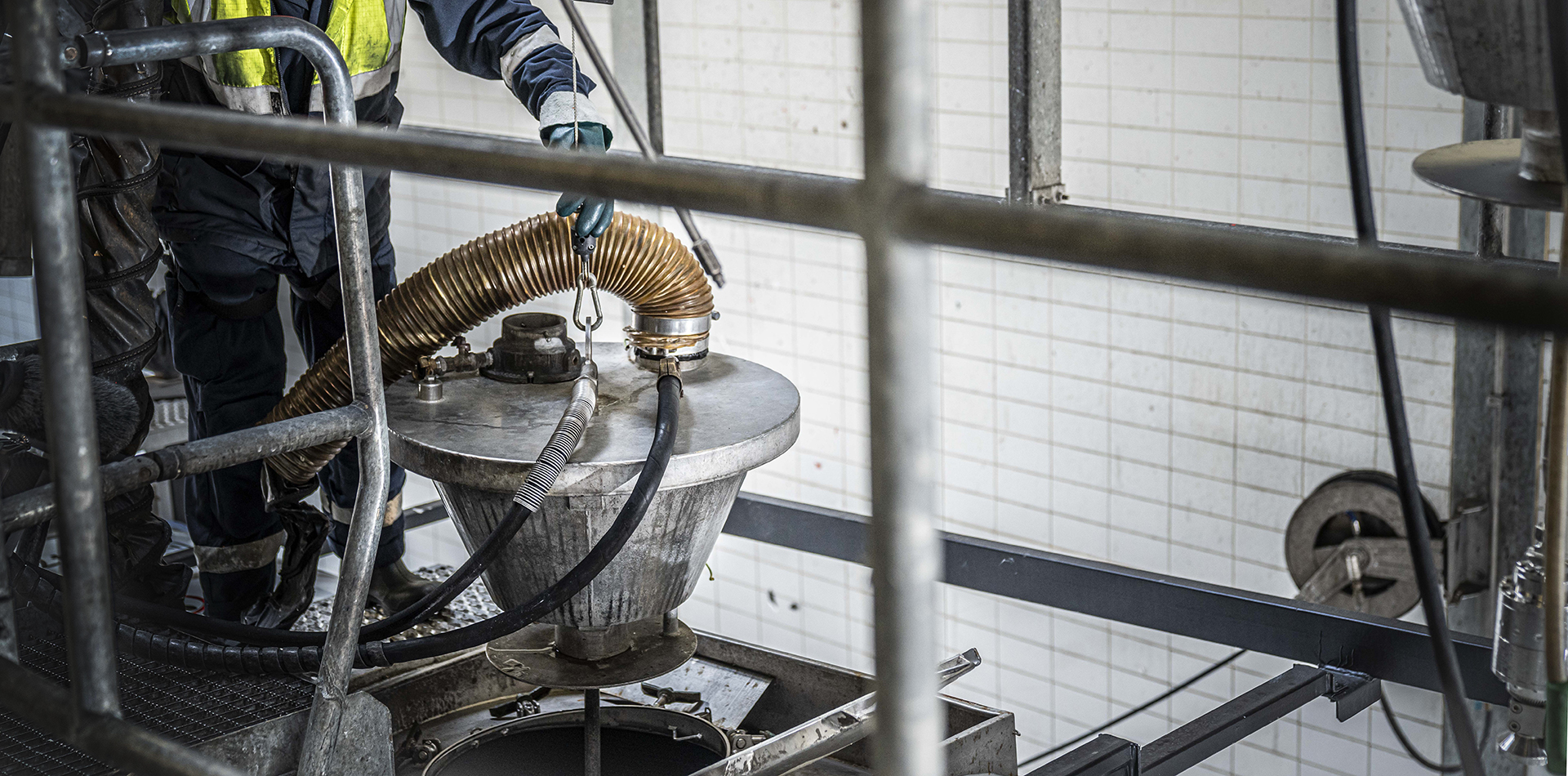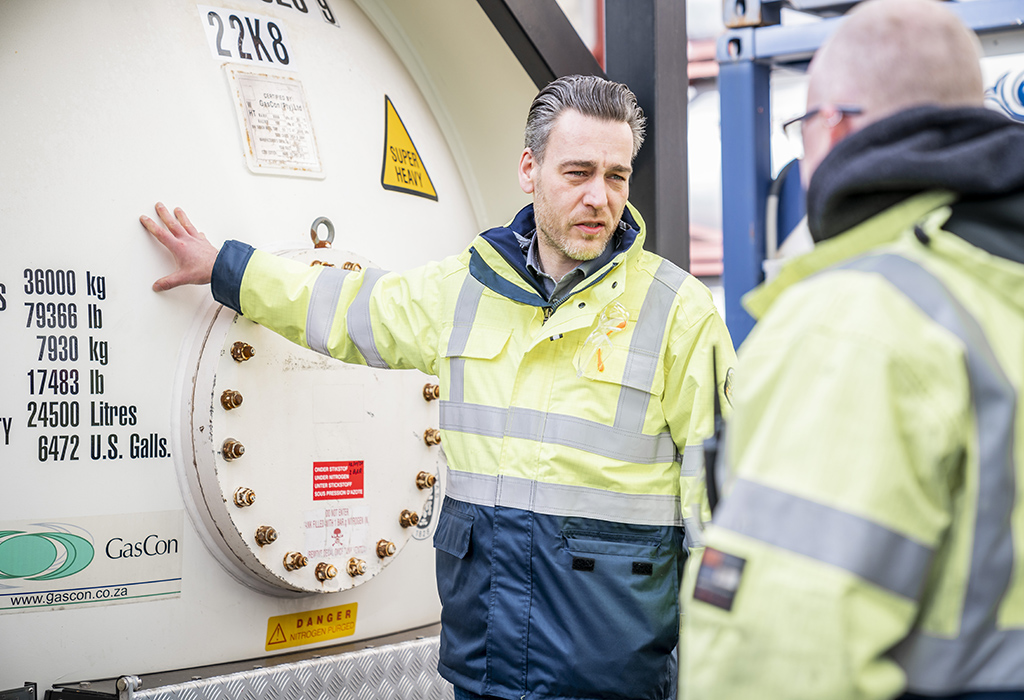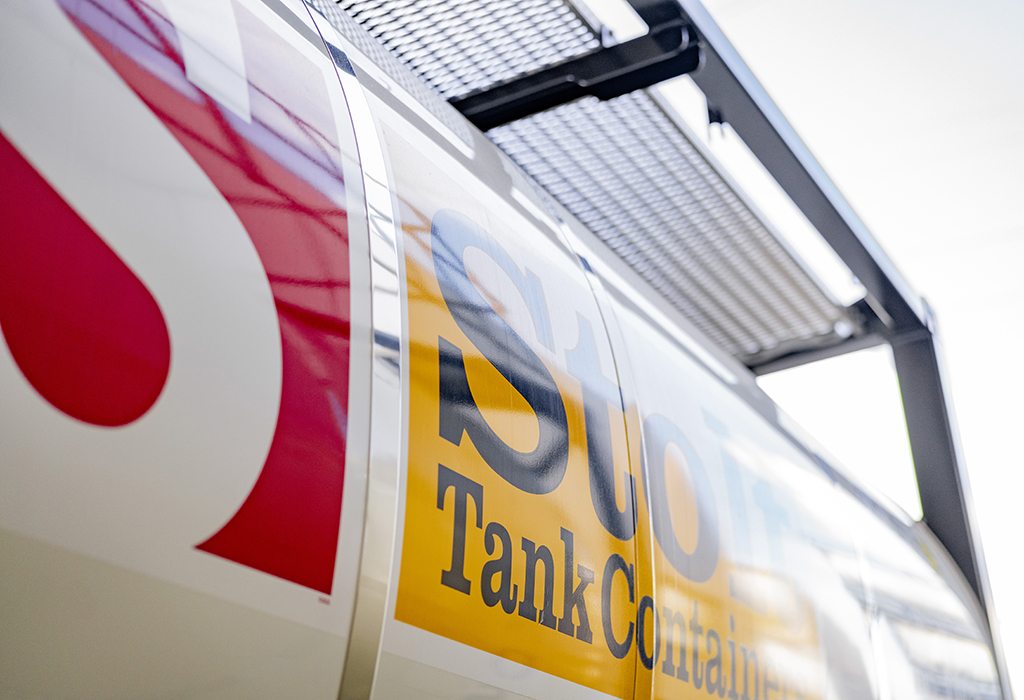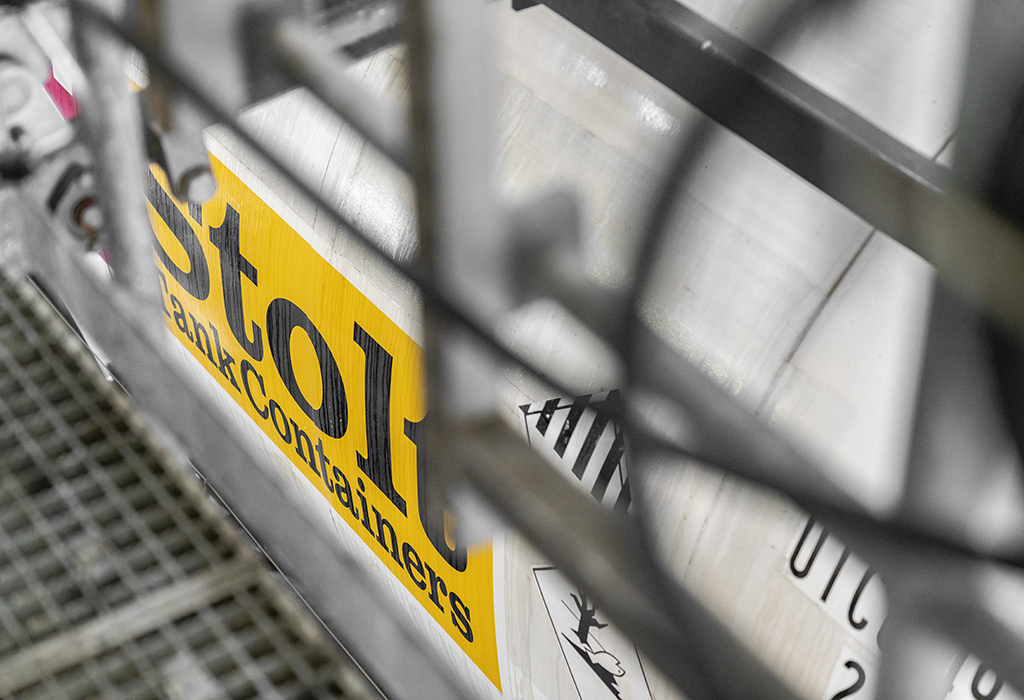Learn how Stolt Tank Containers handles the complex, highly sensitive process of tank container cleaning.
To guarantee a pristinely clean, contaminant-free environment for shipping liquid products, every tank container is thoroughly cleaned, inside and out, before being loaded with fresh cargo.
This integral part of the logistics process takes place at Stolt Tank Containers’ strategically positioned depots, which are equipped with the latest cleaning technology.
Using our decades of experience of cleaning tank containers, we ensure attention to every detail. From determining the most appropriate cleaning programme for each product, to keeping our people safe and protecting the environment.
Custom cleaning programme for every product
Tank containers need to be cleaned differently depending on the category of products they carry and what their last cargo was. Our experts determine the most appropriate programme in each individual case, including which detergents and neutralisers to use, the level of (jet spray) pressure to apply and whether special equipment is needed. With around 200,000 different potential contaminants to consider, it’s a complex process.
Food grade tanks are cleaned in a separate area from chemical tanks, where dedicated supply lines deliver drinking-standard water, water-based detergent, steam (for sanitising) and air (for drying). Tanks which have been certified as Kosher are cleaned in accordance with strict Kosher rules and never come into contact with non-Kosher foodstuffs, such as pork or shellfish.
In the case of tanks which have been carrying chemicals, the use of water, selection of cleaning products, temperature regulation and exposure to air are all very carefully considered to avoid unwanted reactions.
Safety through each stage
Cleaning tank containers can present safety risks. At Stolt Tank Containers depots, we have measures in place to mitigate these at each
stage.
• Our tank cleaning teams are fully trained to perform the methods and programmes they will work with, taking into consideration the products, temperatures and pressures involved. Appropriate PPE is provided.
• In cases where tanks may contain potentially dangerous vapours, an air-scrubber is used to remove these during cleaning, to prevent their release into the atmosphere.
• Tanks being cleaned of chemical cargos are grounded before any processes are carried out, to prevent build-up of static electricity which could spark dangerous reactions.
• Before opening the manlid, tanks are slowly vented via the airline to ensure the internal pressure is not dangerously high or low.
• When working above the tank, installing and removing cleaning equipment, cleaners are safely harnessed to a gantry to prevent them from falling into the tank.
Finishing touches
Once cleaning is completed, the tank’s tank interior is inspected by a technician. If any stubborn residue remains, this is manually removed.
All openings, seals and gaskets are checked and the tank undergoes a comprehensive air pressure test to identify any leaks. If any damage or faults are found, these are fixed.
When the inspector is satisfied with the tank cleanliness and overall condition, an official cleanliness certificate is produced.
All Stolt Tank Containers’ European depots are registered EFTCO members and work in accordance with EFTCO requirements. Elsewhere, Stolt Tank Containers is proud to voluntarily uphold similarly high standards.
Environment
Ever conscious of our environmental responsibilities, we recycle as much water and cleaning agents as possible, minimise use of energy and ensure waste products are responsibly disposed of. Our depots are installed with sophisticated underground systems where run-off from cleaning is captured for processing.
Water
• We have invested in sophisticated wastewater treatment plants, where water is made fit to reuse for tank cleaning via a variety of physical, chemical and biological processes. Bacteria and sludges are separated from the water before further biological treatment and responsible disposal, in line with local regulations.
Cleaning agents
• Recirculating cleaning systems reduce consumption of cleaning agents.
Energy
• Depots are equipped with solar panels to generate electricity.
• Heat exchangers help reduce electricity consumption for heating cleaning water.
• Condensation from steam is used as a cleaning and sterilising agent and is captured and fed back into the pipeline to help maintain boiler temperature, thereby cutting down electricity consumption.
Always in suitable condition
In certain circumstances, tank containers which are not immediately reused may be cleaned again before receiving their next cargo. This will happen when cleaning certification for a food grade tank has expired, or in any cases when water condensation in an unused clean tank is producing an unpleasant smell.






